Xanthos: Ancient City on a Hill
The ancient city of Xanthos is impressive. Classified in 1988 as a UNESCO World Heritage Site, it is situated at the top of a hill overlooking a fruitful valley and a winding river making its way towards the Mediterranean waters in the distance. Add to this the striking burial columns stretching into the sky amidst the crumbling ruins of the rest of the city and you have an epic site to explore.
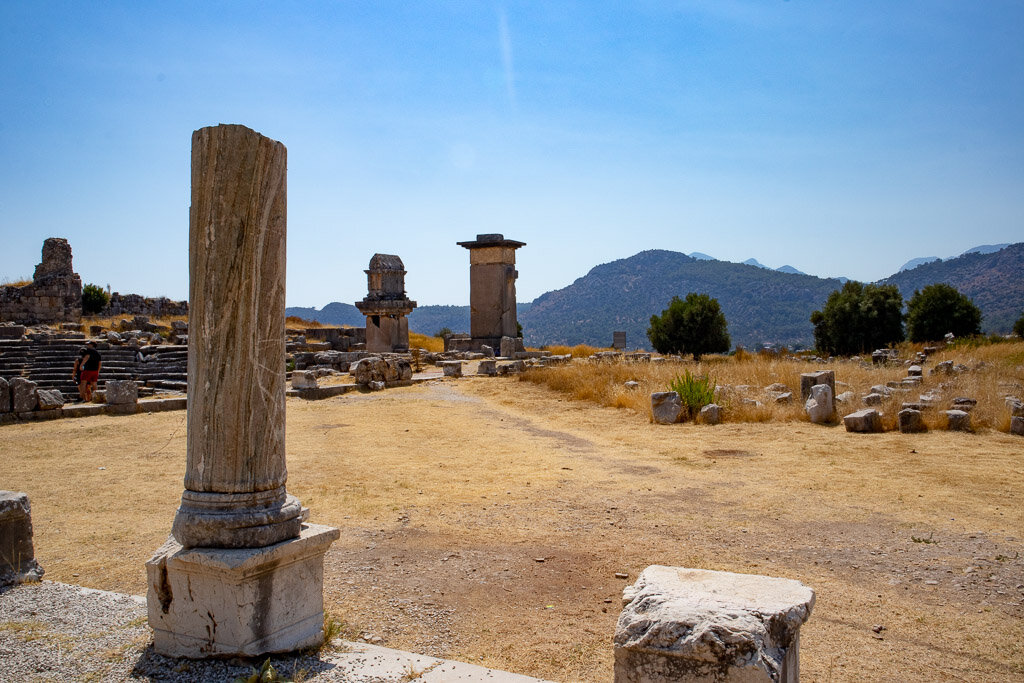

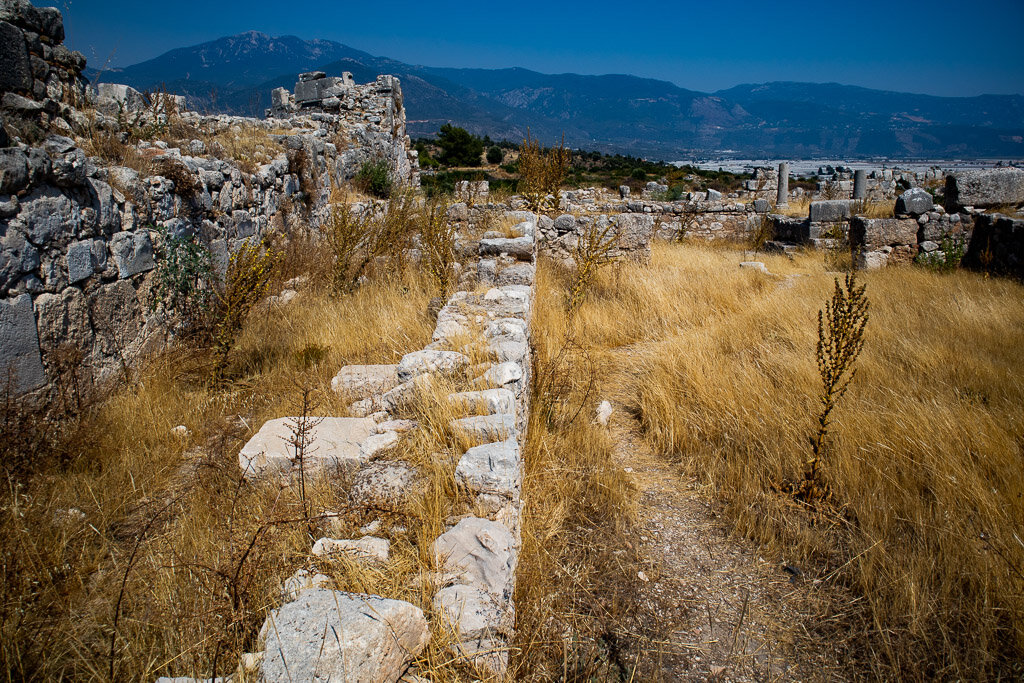
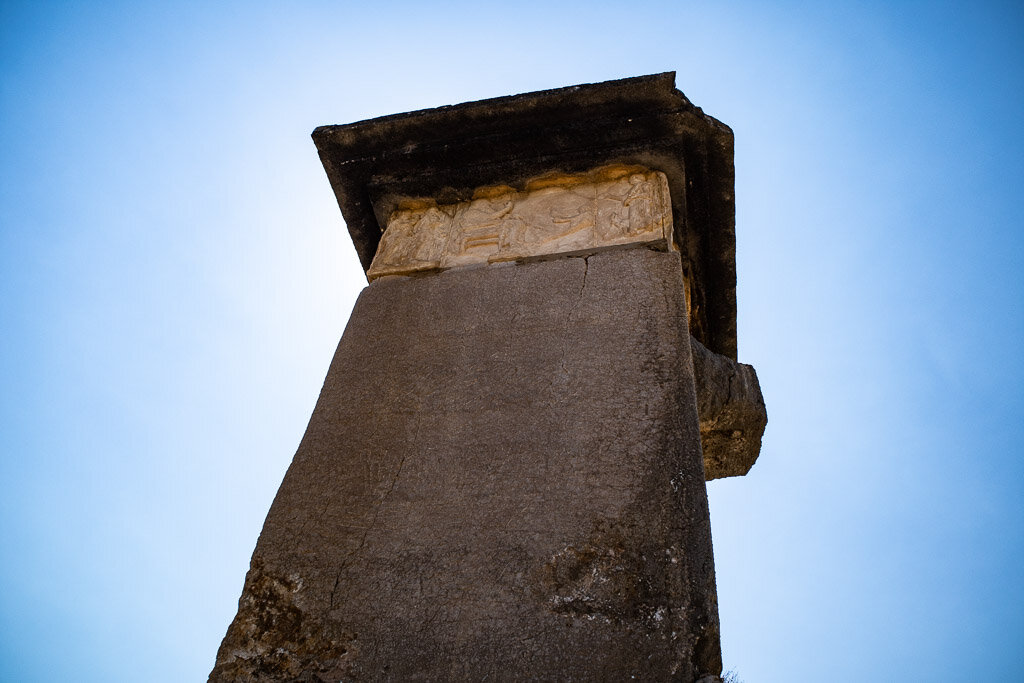
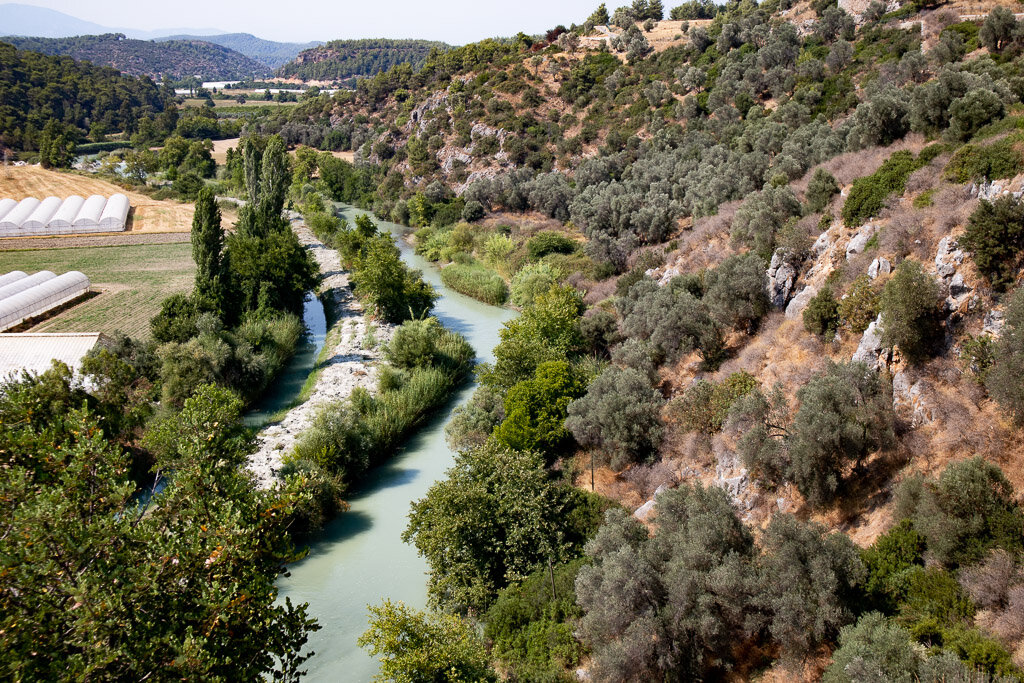
The road leading up to Xanthos divides the ancient city in half. One half is excavated, and the other is not. The excavated portion contains the burial columns, a theatre, the agora, and other such places of public life. The other half, (the half that remains underground), is mainly the residential portion of the ancient city.
We showed up around mid-afternoon, with the sun still pretty high in the sky. It made for great visibility, but with no real shade available, I would recommend a morning visit if you go in the summer. Walking through the site, most of the walls were only waist high.
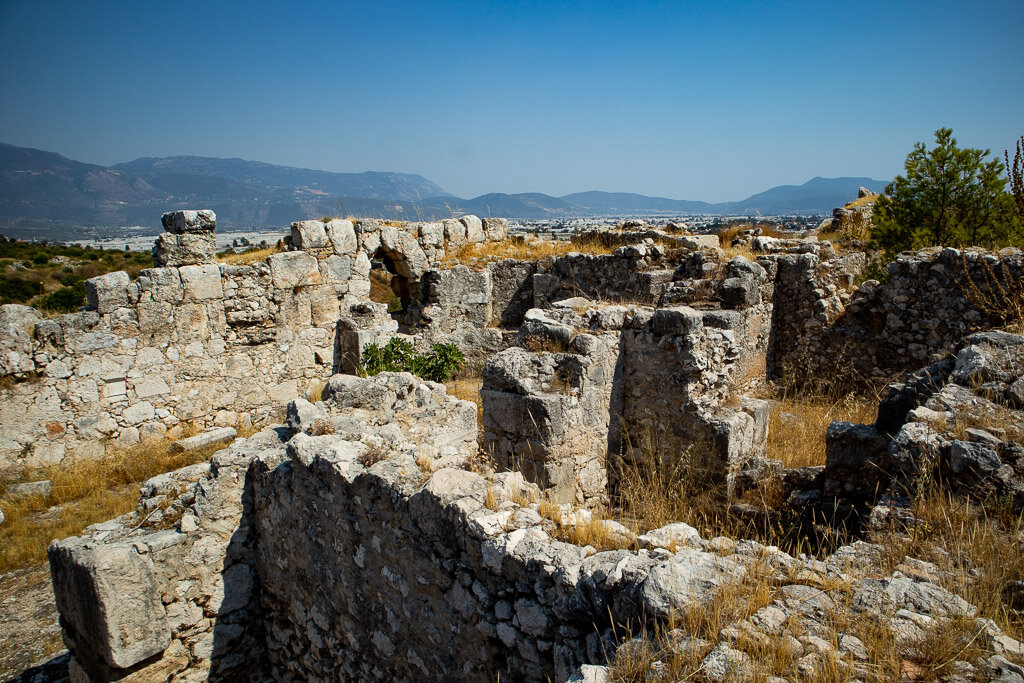


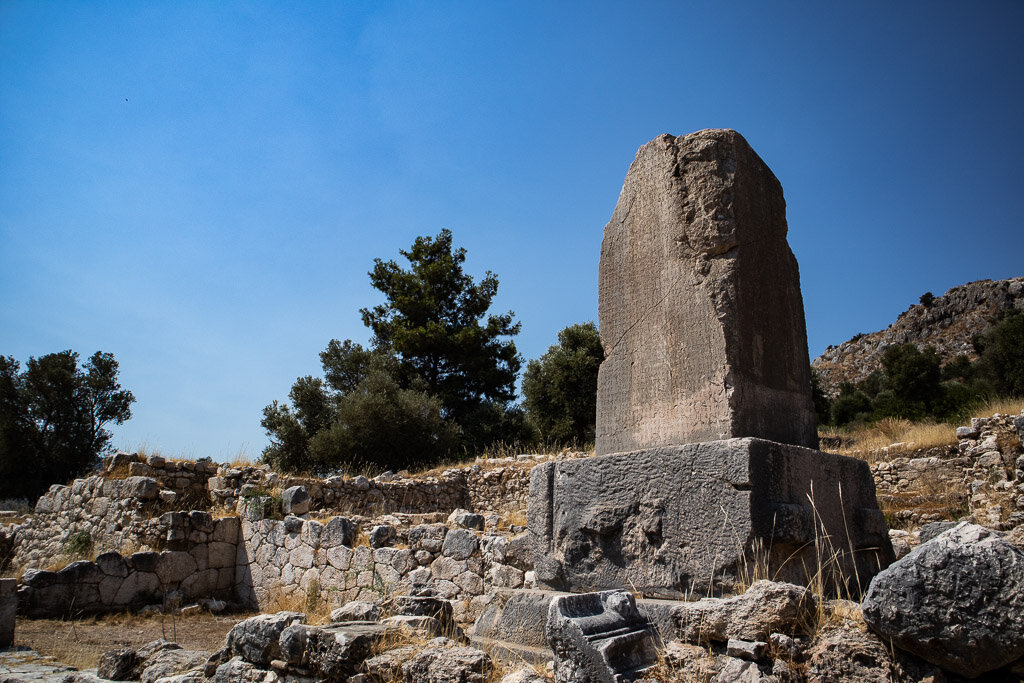
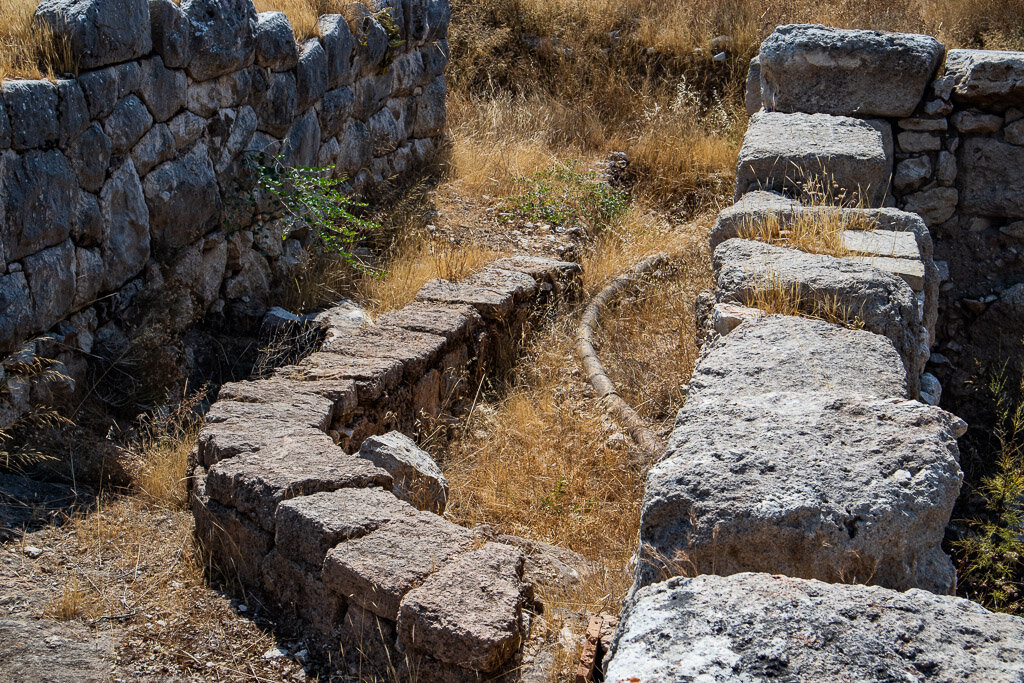
I always try to imagine what the buildings would have looked like when the city was in its heyday. It’s difficult to picture in my head. Once these walls contained important heads of state, or listened in on strategic war planning, or observed significant political speeches. Now what’s left of them is surrounded by grass, flowers, and snails. I always wonder about the people’s daily lives. What were their social lives like? How did they stay clean, fed, educated?
For the casual observer, the most striking aspects of the city are the burial monuments. These pillars reach meters into the sky, and stand side-by-side as both memorials and burial sites. While we slowly circled the pillars, shielding our eyes to look up at the carvings, we noticed a slight, quiet elderly man sitting at the base of the main one.
After exchanging greetings and introductions, we found out the man had been a part of the excavation team that had unearthed this city. He offered to take us around and give us a “behind-the-scenes” look at the ruins. Of course we agreed, and we set off on a 30 minute walking tour in which Durmuş (Durmush) showed us details of the city’s life as it had been. The questions that typically go unanswered as I wander these ancient cities were being explained by this sprightly retiree whose enthusiasm for the hidden treasures of the excavation was contagious.
He not only showed us the purpose of the structures and remains we were looking at, but also filled us in on some of the history of the city. He related somberly the tragic mass suicides of all the city’s residents that took place when they were conquered by the Persians. Not willing for themselves or their families to be taken prisoner by the conquering troops, the men of the city locked the women, children, and slaves in a large public building and set the building on fire, while they then rallied for one last, suicidal charge at the conquering army.
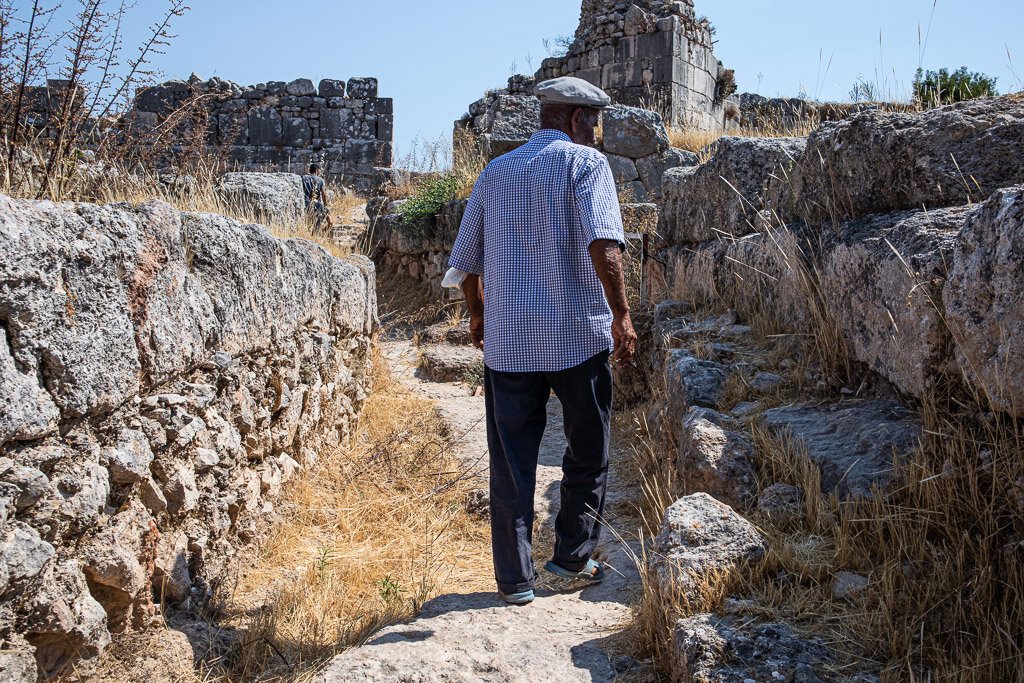
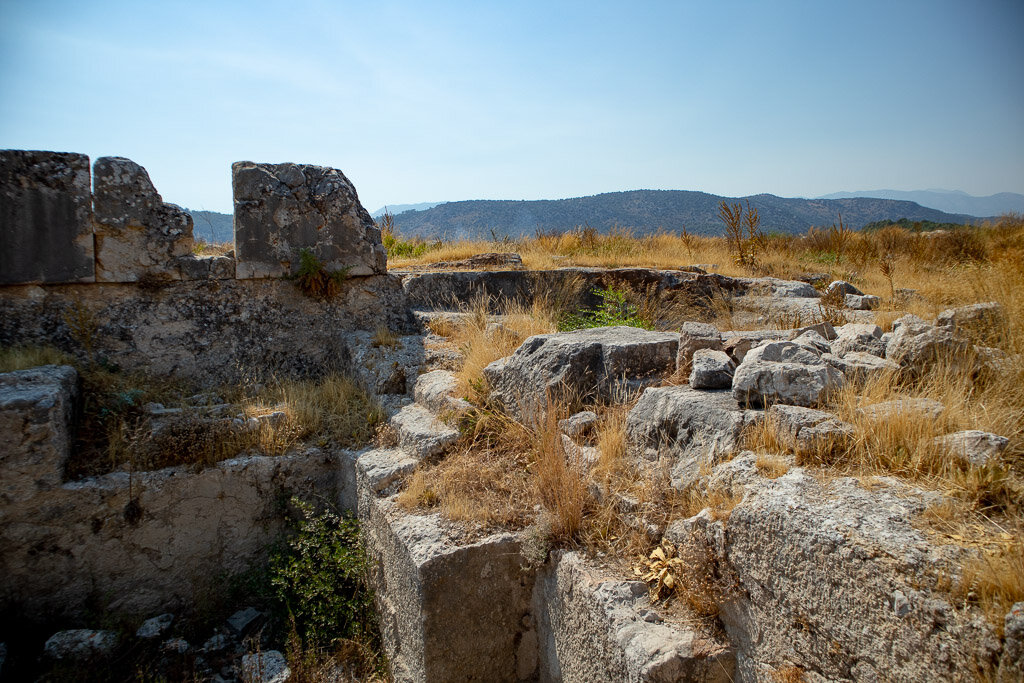

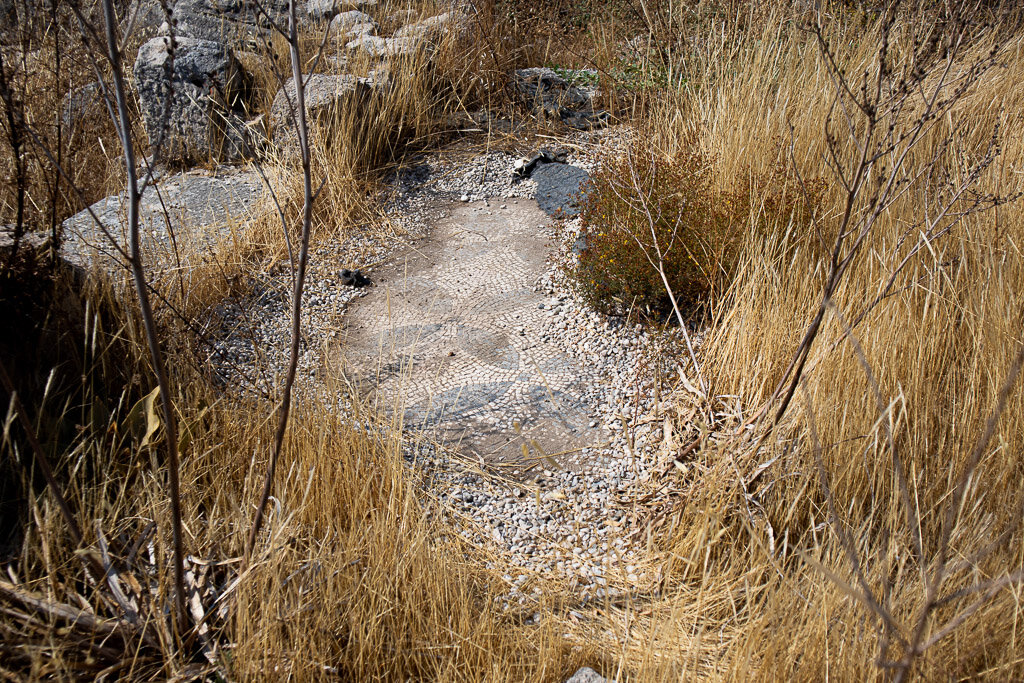

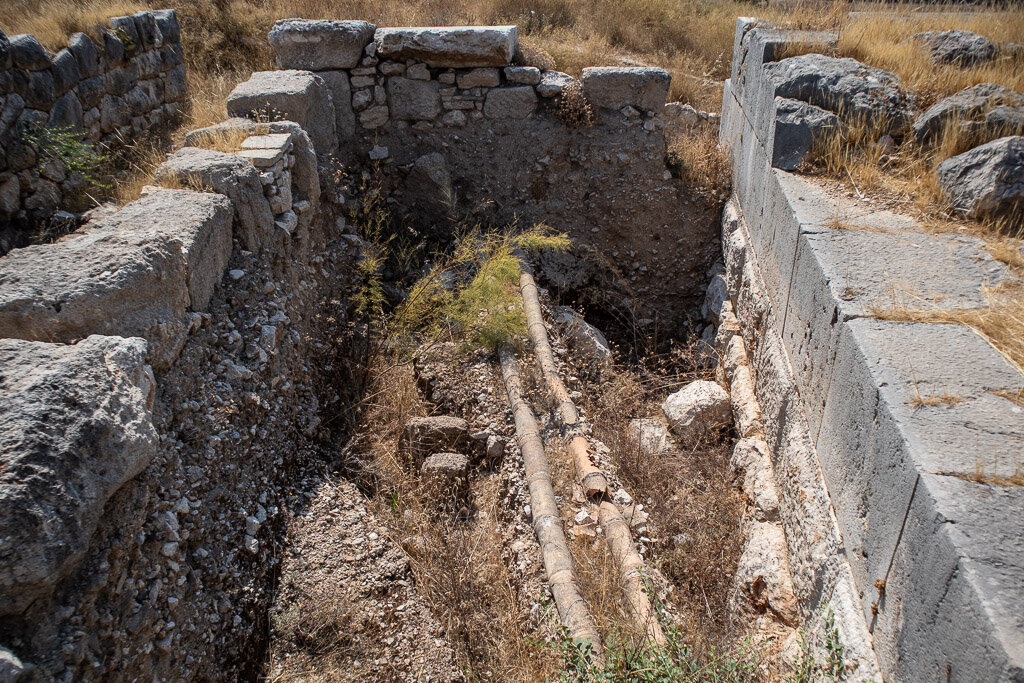
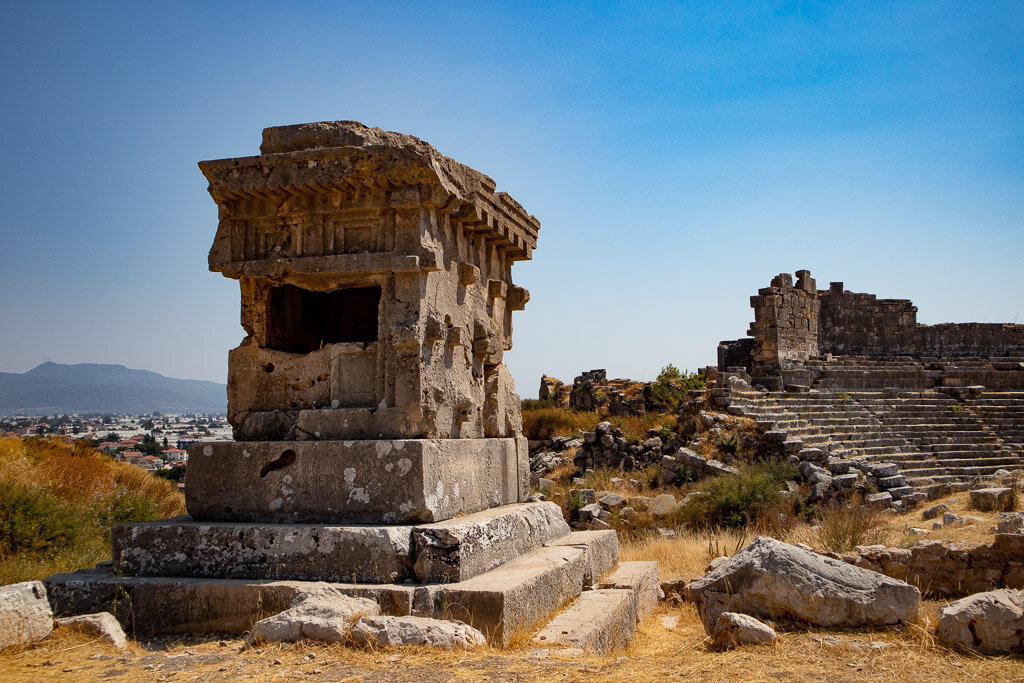
Sobered by these stories, the city took on new significance as we contemplated the sorrows and troubles of the people who lived there. At times things like broken down stones and strange burial traditions can make these ancient cities and their citizens seem far removed from our reality. But hearing of their lives and deaths seemed to bring them nearer, seemed to remind me that for all my curiosity about their ways, they really weren’t that much different from myself.
If it weren’t for the sun beating down on us, I probably would have liked to stay a little longer. As it is, the city left an impression, both for its history and for its unofficial guide, Durmuş. I know it will be one I will remember.
To our friends in the West, keep looking East!
Read More
https://www.goturkeytourism.com/things-to-do/xanthos-ancient-city-antalya.html
https://www.britannica.com/place/Xanthus
http://www.lycianturkey.com/lycian_sites/xanthos.htm
https://whc.unesco.org/en/list/484/
Myra Ancient City: Santa Claus Came to this Town
Xanthos: Ancient City on a Hill
Olympos: Secret Garden on the Seaside
Ginny Lou Henley
Ginny Lou is a co-founder of West2East. Originally from Alabama, Ginny Lou has called Turkey home for the past nine years. To read more about her, click here.









